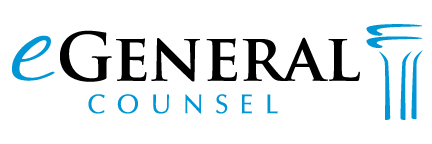 On March 25, 2015, the Securities and Exchange Commission (SEC) adopted its long-awaited final rules overhauling its Regulation A+. The full text of the rules can be found at this link to the SEC’s website. The final Rules implement Section 401 of the JOBS Act, which Congress enacted in January 2012 to ease the process of capital raising by start-ups and other growing companies. Other provisions of the JOBS Act enable equity crowdfunding and relaxed the prohibition on general advertising and general solicitation in private placements to accredited investors.
On March 25, 2015, the Securities and Exchange Commission (SEC) adopted its long-awaited final rules overhauling its Regulation A+. The full text of the rules can be found at this link to the SEC’s website. The final Rules implement Section 401 of the JOBS Act, which Congress enacted in January 2012 to ease the process of capital raising by start-ups and other growing companies. Other provisions of the JOBS Act enable equity crowdfunding and relaxed the prohibition on general advertising and general solicitation in private placements to accredited investors.
Regulation A and the JOBS Act
Since 1936, the Federal securities laws have permitted a streamlined securities registration process, which is governed by the SEC’s Regulation A. The process is similar to, but less onerous than, the process of filing and clearing a prospectus with the SEC for the public offering of securities. Previously, a maximum of $5 million of securities in any 12-month period was allowed to be offered under Regulation A. However, offerings under Regulation A have been extremely rare in recent years, as issuers have clearly preferred to make private placements under Regulation D.
Section 401 of the JOBs Act directed the SEC to adopt rules for a new exemption for up to $50 million of securities in any 12-month period. As in the current Regulation A, once the information circular has been filed with and qualified by the SEC, the securities may offered and sold publicly and will not be restricted securities after sale, meaning they can be resold into the public markets without compliance with SEC Rule 144. As with the prior version, Regulation A+ is not available to companies that were already public, shell companies and companies subject to “bad actors” disqualifications. One new requirement is that issuers will have to file annual financial statements with the SEC.
Final Regulation A+ Rules
The final Rules, which completely overhaul Regulation A in light of Section 401 of the JOBs Act, are informally known as Regulation A+. They create two tiers of regulation. The first is Tier 1, which is similar to the old Regulation A, and applies to offerings of up to $20 million in any 12-month period (with no more than $6 million offered by selling shareholders, as opposed to the issuer). In the proposed Rules, Tier 1 was available only for offerings of up to $5 million, with no more than $1.5 million by selling shareholders. Tier 2 applies to offerings of up to $50 million in any 12-month period (and no more than $15 million by selling shareholders) but imposes additional disclosure and ongoing reporting requirements.
Tier 2 offerings, unlike Tier 1 and old Regulation A offerings, are exempt from regulation under state blue sky laws, which will lead to significant savings in costs and time. The level of disclosure is, however increased, and the issuer will be required to file annual, semi-annual and current event reports with the SEC as long as it has at least 300 registered stockholders. Also, an investor will not be permitted to purchase in a Tier 2 offering securities costing more than 10% of his or her annual net income or net worth. The regulations also modernize the restrictions on pre-qualification communications and communications during the offering process.
Given the complexities of the final version of Regulation A+, it remains unclear whether issuers will continue to rely instead on Regulation D private placements and full-blown SEC registration.

